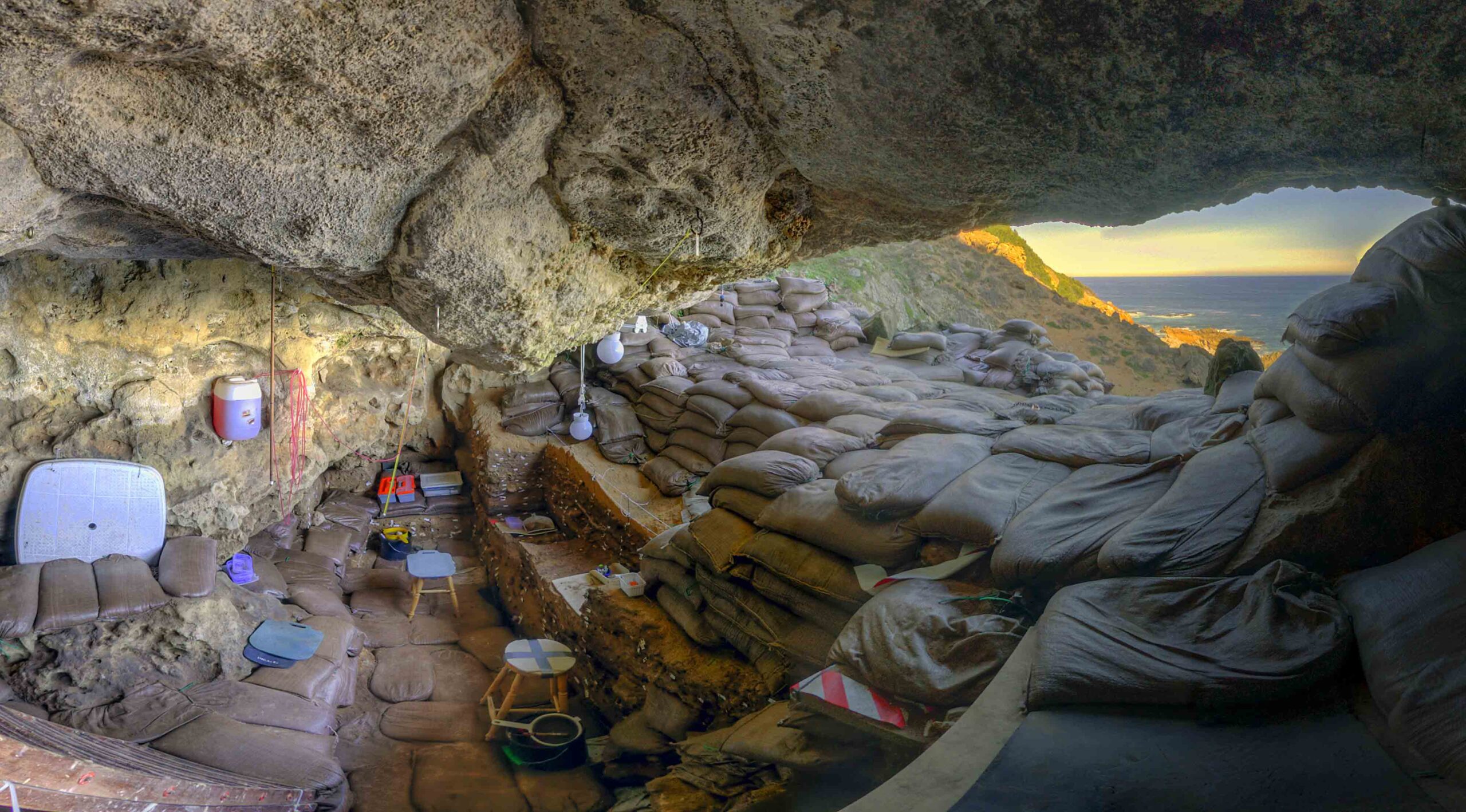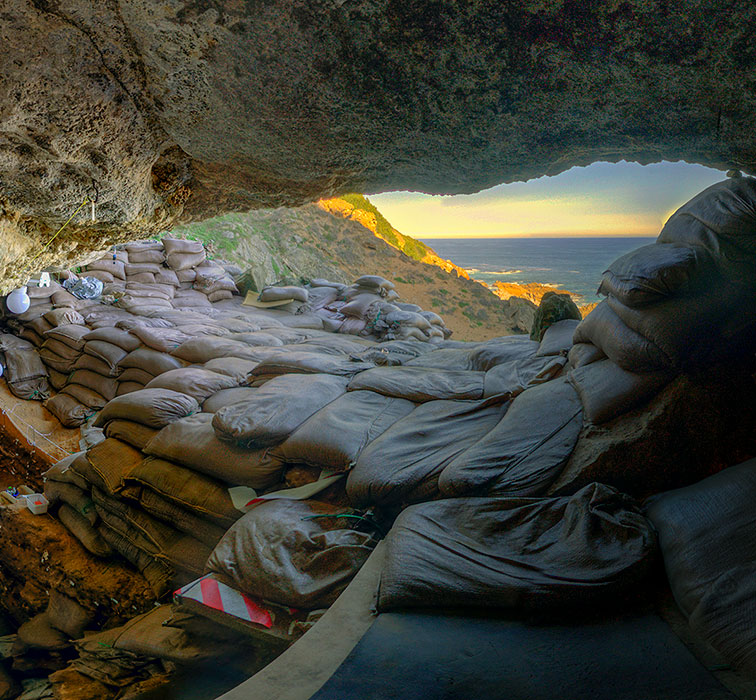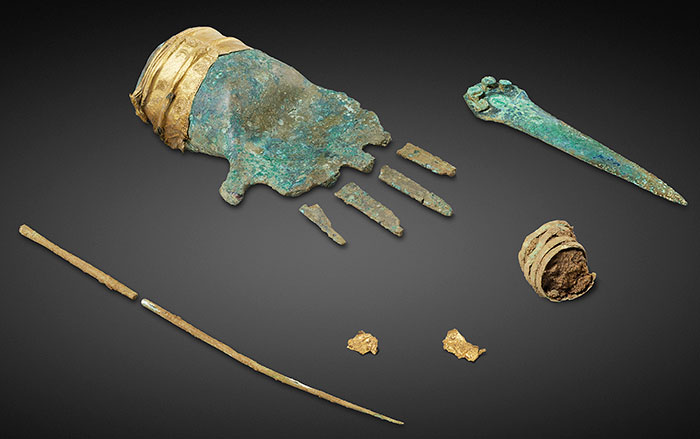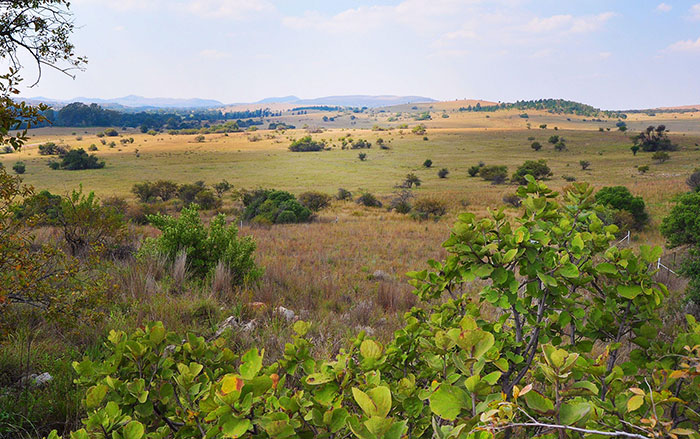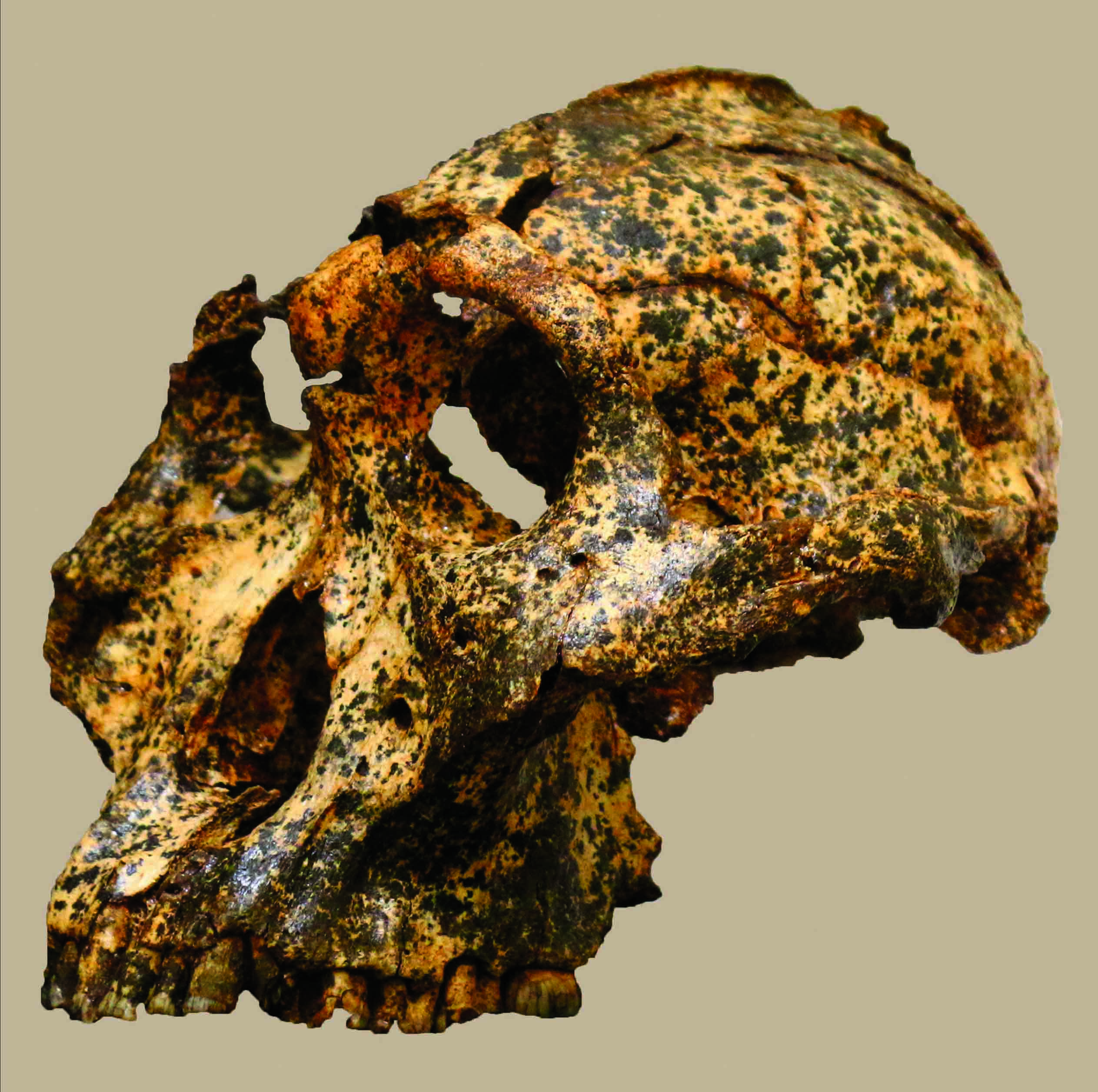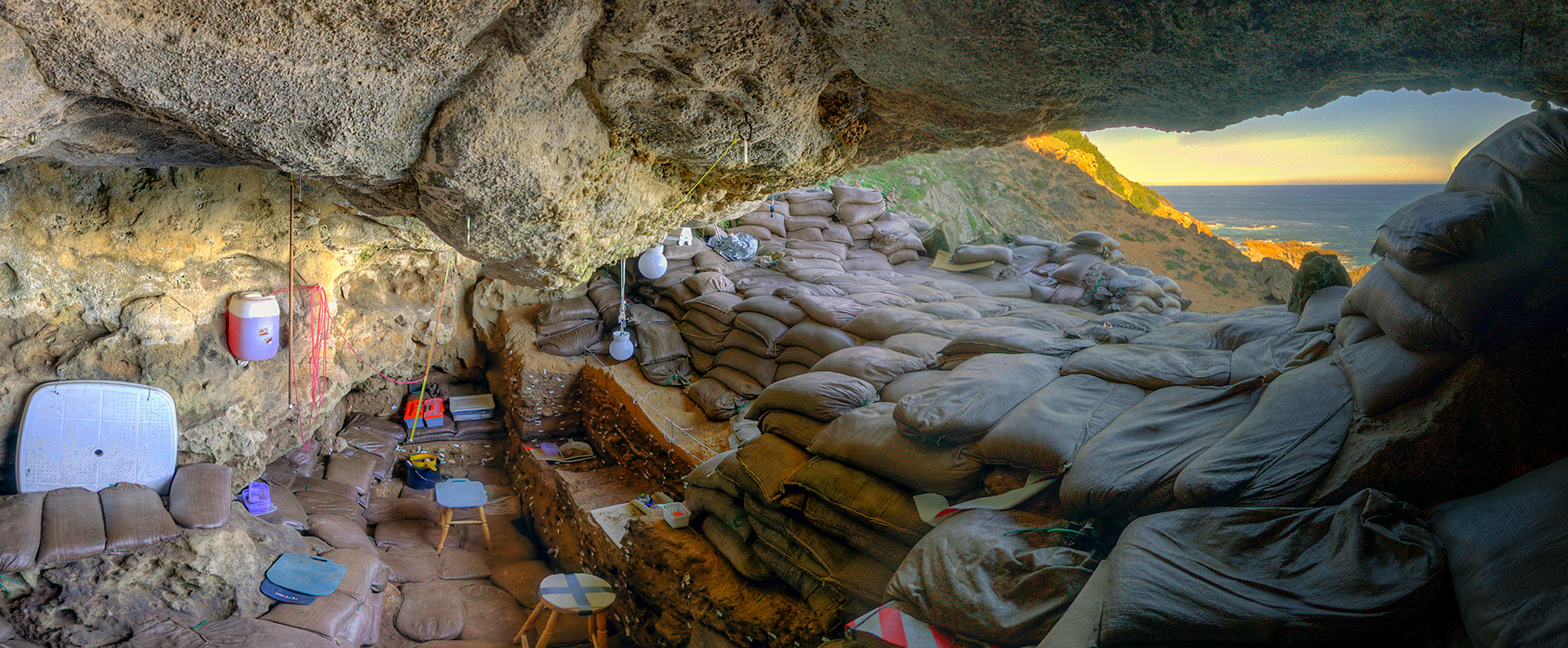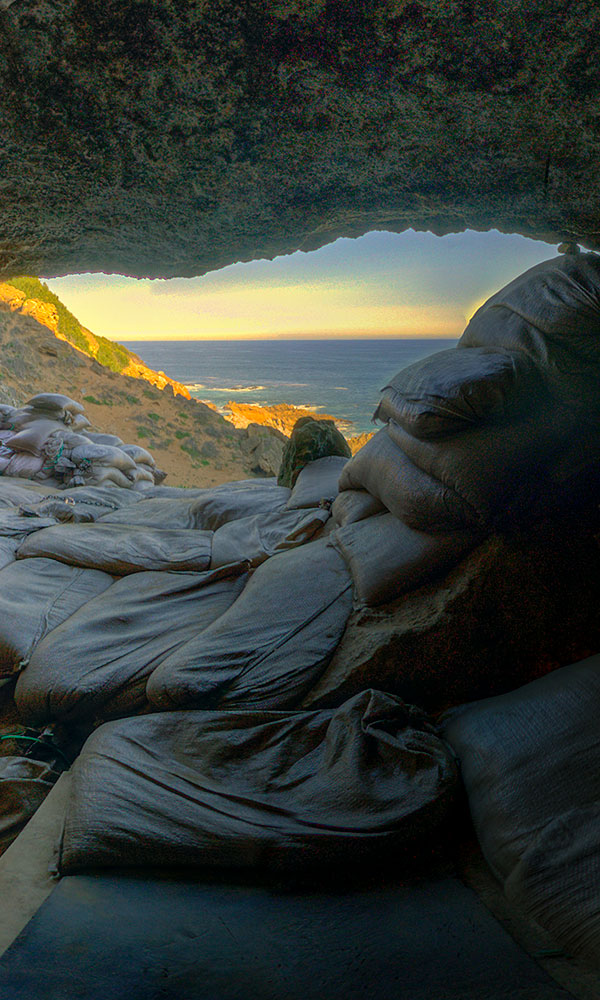
The world’s oldest known drawing has been identified on a small stone flake recovered in South Africa’s Blombos Cave. The tiny fragment measures less than two inches long and barely half an inch wide and features a crosshatch pattern of visible lines. A research team first used microscopic and chemical analysis to determine that the marks are composed of ochre pigment lying on the flake’s surface. They then attempted to replicate the pattern using pieces of ochre. Doing so required a firm hand and controlled motions, explains Christopher Henshilwood of the University of Bergen. This led his team to conclude that a human deliberately applied them with an ochre crayon around 73,000 years ago. “The design almost certainly had some meaning to the maker,” Henshilwood says. “It probably formed part of a common symbolic system understood by other people in their group.
